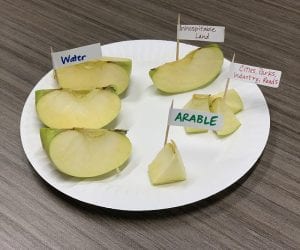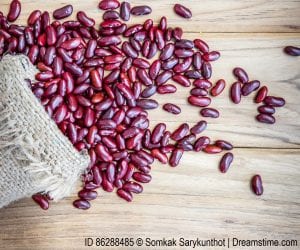The Next Generation Science Standards (NGSS) lists “developing and using models” as one of the eight core practices of science and engineering. Using modeling is essential for students’ exploration of all fields of science, from biology to ecology to physics and more.
Because modeling as a practice is foundational to a science education, students begin using models as kindergarteners and continue all the way to twelfth grade and beyond. NGSS breaks down modeling into performance standards appropriate for each age cohort. Population Education has a variety of activities for each grade band that have students using models to investigate human impacts on the planet. In this blog we’ll not only explain how modeling fits into the classroom at different grade levels, but give examples of classroom activities (with links to download the free lesson plans!) that bring age-appropriate modeling skills into the classroom.
Modeling in Early Childhood (K-2) Teaching
Early childhood students develop awareness of modeling as a concept, including the ability to distinguish between the model and the thing it represents. These models may take two-dimensional or three-dimensional shapes and represent both concrete and abstract ideas. Students will ultimately be able to create simple models that may reflect data, show relationships, or represent their own designs.
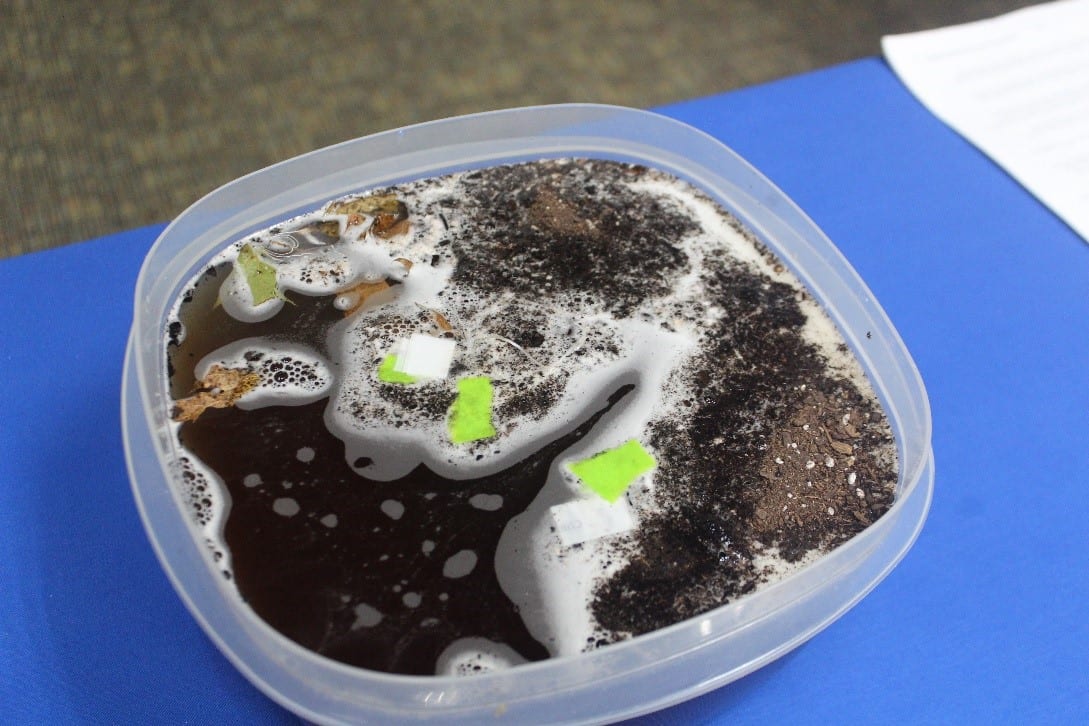
Who Polluted the River? is an interactive story that uses a bowl of water and a variety of model pollutants to simulate the way pollution accumulates in a river over time.
Modeling in Upper Elementary (3-5) Classrooms
Older elementary students expand on their understanding of models by introducing revision into the process of using models. Strategies for evaluating models include editing models in response to feedback and working collaboratively with other students. At this grade level, students are able to use models to predict future outcomes and test cause and effect relationships.
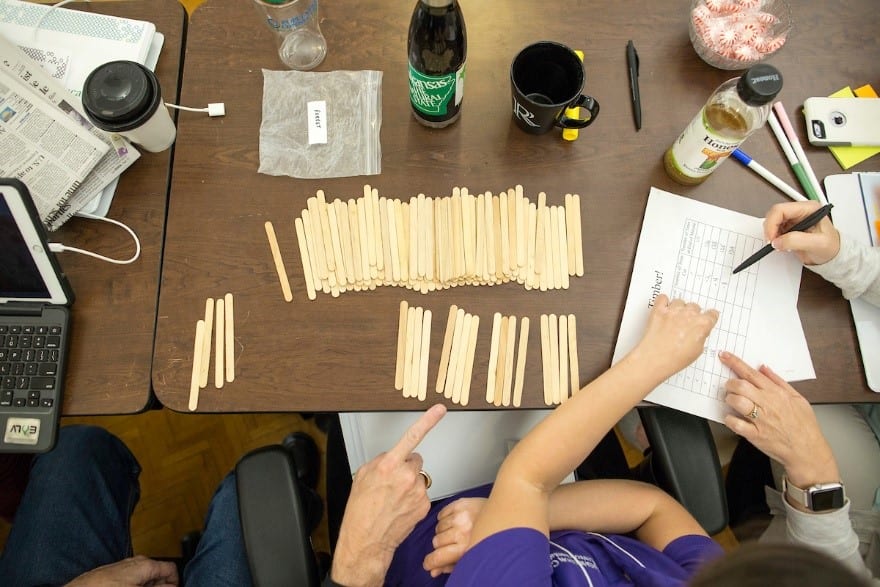
Timber! has students use popsicle sticks to simulate variable rates of deforestation as demand for wood rises.
Modeling in Middle School (6-8)
In middle school, students build upon their prior knowledge with more complex modeling and analysis. Modeling is now used as a way for students to understand unobservable phenomena, and students use models to predict outcomes in systems where the results are not already known. Middle school students also begin experimenting with modifying models to change variables and observe new outcomes.
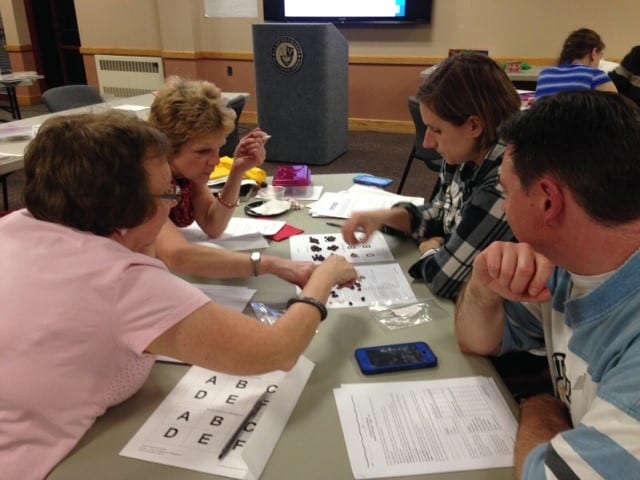
World of Difference simulates how population growth affects biodiversity through modeled forests in the United States and Uganda.
Using Models in High School (9-12)
High school students begin comparing the usability of different kinds of models and using their observations to create a more effective model. Multiple models may be used concurrently to produce data that students later synthesize into a larger idea. Overall, students both create and use complex, flexible models that accurately reflect processes occurring in the world around them.
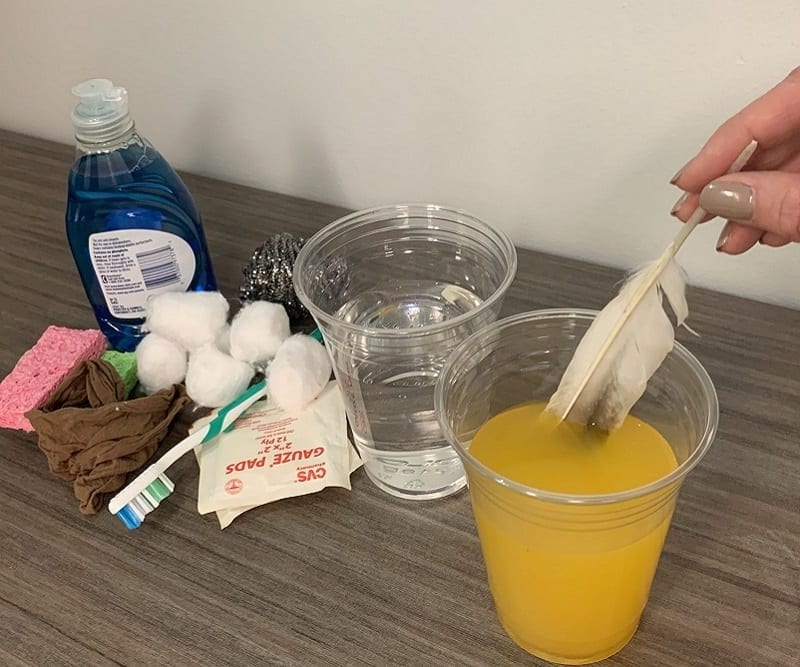
Like Oil and Water has students create and test mechanisms for cleaning up oil spills rehabilitating marine animals.
PopEd is Making Models All Quarter Long
This spring, PopEd will be sharing lesson plans, tools, and other resources to promote opportunities to use models in the k-12 classroom. We will share ideas for using models not only in the sciences, but also to explore issues related to population and geography while also, of course integrating mathematics.
Follow along with #PopEdUsingModels on our Twitter, Instagram, and Facebook accounts for full access to all the free teacher giveaways!



